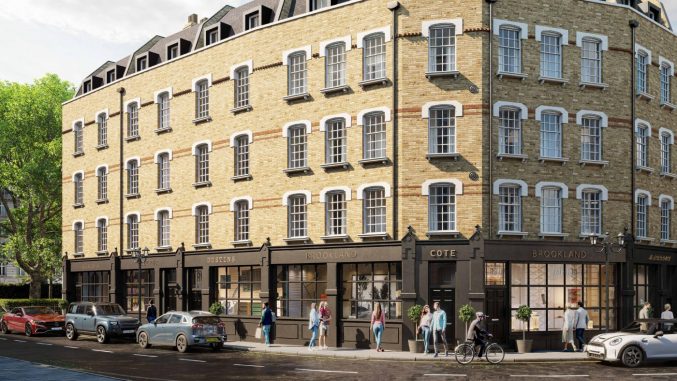Bridging, Investment and Development: The alternative finance landscape in 2022
By Gareth Taylor

Following the downturn of the Covid-19 pandemic, 2021 saw bridging bounce back – with transactions up quarter-on-quarter over the course of the year and Q3 2021 seeing transactions hit the highest levels since Q4 2018.
As we enter a new year, we look at what some of the key trends in the private bridging finance, property investment and development markets may be over the next 12 months.
Bridging
Following a pandemic-impacted 2020, in which new bridging finance either dried up or lenders brought their LTVs to lower levels, 2021 saw appetite for bridging return.
Residential bridging finance in particular initially swung back and boomed, with demand moving away from central city locations and flats towards commuter belt properties – primarily as a result of a new work-from-home landscape.
Following the previous year’s dip, residential LTVs have shot back up, in some cases to higher levels than they were pre-covid.
Whilst appetite for residential deals grow stronger, with an increasing number of acquisitions, by mid-2021 it was clear that appetite for commercial projects was returning too.
Firstly, developers understood the ‘death of the office’ may have been premature, and that there would be a gradual return to office-based working.
Secondly, there was increased demand for industrial sites, including warehouses, sheds and logistics sites.
The attractive yield on industrial sites across the UK has seen projects develop across the regions in key logistical hubs and last mile inner city locations.
In 2022 we expect to see many of these trends to continue. From a residential perspective, the continuation of Help to Buy will continue to drive demand, and whilst increasing interest rates will be a factor, rates won’t rise substantially enough to majorly knock the market off kilter.
From a commercial perspective, demand for leisure is likely to return and more people will return to the office.
These trends will drive greater demand for commercial bridging, although there remains considerable concern around the future of retail sites.
The growth of the market will also see new entrants into the bridging market this year. As a result, and in order to keep competing, the established players may well need to push up their LTV and push down their pricing over the next twelve months.
Investment
In recent times high street banks have exhibited an abundance of lending caution, having previously been burnt by large exposures to real estate, and in particular retail, leisure and office.
High street bank LTVs are currently low (around 50%), and – as a result – insurance companies and funds have moved to fill this void.
Offering higher LTVs than high street banks (c. 60-65%), insurance companies and funds are increasingly competitive in the investment space.
In addition to opportunistic funds and insurance companies, challenger banks are also making their move – thereby further increasing market competition.
At this time, challenger banks’ impact will be limited to the residential sphere, it remains a lot more expensive for them to lend against commercial than it does against residential.
In 2022 we expect strong demand, and ongoing deployment of capital. The key question remains around high street banks, and their appetite for risk, especially once they see the economy hasn’t collapsed and the commercial sector is returning.
If they have appetite, it could swing investment back towards the banking sector; if not, funds and insurance companies will continue to dominate having mopped up this space, having already become the ‘go to’ sources of capital.
Development
Anyone coming to the market with inner city residential stock in 2020 was struggling (especially in central London locations). Since the market bounced back, residential developments have been booming, with much of that existing stock having been sold.
Demand for more suburban family houses remained strong throughout with people moving out of inner city’s looking for more space.
Residential development has bounced back for two main reasons. Firstly, government schemes have helped support the residential market.
Secondly, whilst high street banks have had no real appetite for residential development, challenger banks and funds have also swept up that space.
Similar to events in the investment space, competition has also forced the traditional stretch senior lenders such as UTB, Maslow and Octopus to reduce their pricing and become more competitive.
On the commercial side, there continues to be appetite for forward funding, and this is a trend that is likely to continue in 2022.
Speculative spaces and retail are still difficult and perceived to be a big risk, but demand and appetite for industrial development continues to increase.
The next 12 months will also likely see a further swell in demand for hotels and hospitality.
Demand for hotel development has started to return following positive industry numbers, and as more confidence returns to the hotel and hospitality industry – plus a full year of post-Covid trading results is produced – appetite for development in this space is only set to increase.

Gareth is a Director at Excellion Capital, focusing on debt advisory, JV investment and principal investments across all asset classes in both the UK and Europe. Gareth is a fellow of the Institute of Chartered Accountants, having qualified with RSM Robson Rhodes (now Grant Thornton) before joining the Royal Bank of Scotland (RBS) in 2003.










You must be logged in to post a comment.